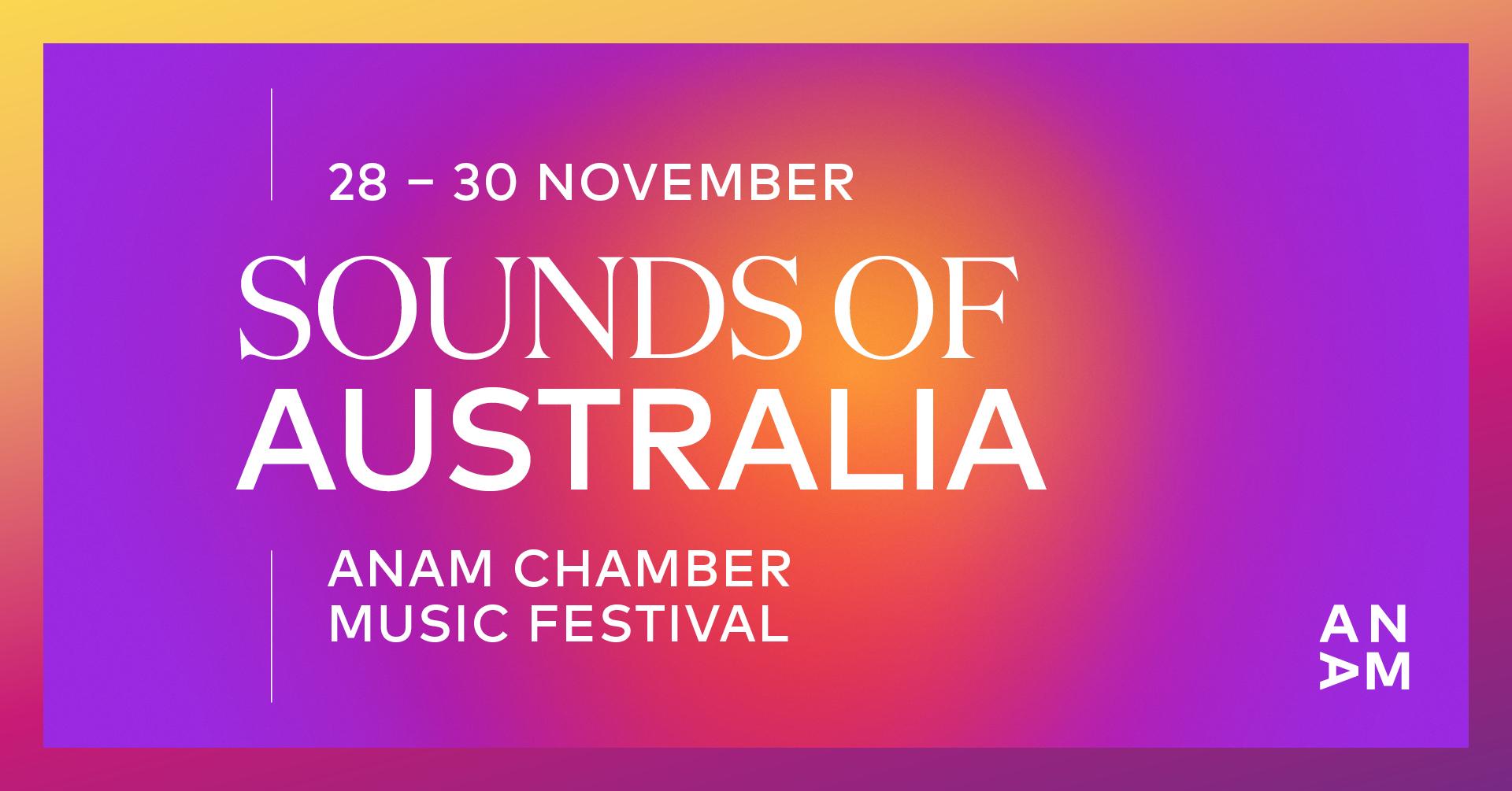Making music as a descendent of European immigrants in the context of modern Australia can be a difficult context to faithfully confront. Personally, I often find myself thinking of a piece by Brisbane composer Joseph Twist (b. 1982), How Shall We Sing in a Strange Land. Combining texts from Psalm 139 and Indigenous poet Oodgeroo Noonuccal, at first it seemed to me absurd to place the two against each other within the work. But the more I dwell on it, the more powerful I feel the symbolism is, combined with the beauty of the texts and Twist’s sincerity of questioning what an Australian culture looks like in the face of British colonialism, irreparable crimes against our First Nations peoples and continued environmental destruction.
How shall we make music in and of this land? This land, which has had music of its own for tens of thousands of years; this soil, blood-soaked and tear-stained; this society, built upon the ripped and ragged shreds of not only our First Nations peoples but immigrants and displaced peoples from around the globe. This is the question every artist, whether composer, performer or of non-musical mediums, has to grapple with in making ‘Australian’ music.
To start ANAM’s year, composer and academic Professor Christopher Sainsbury (b. 1963) gave an insightful keynote address to our musicians. Sainsbury founded the Ngarra-Burria First Nations composition program, and published his thoughts on this very question in his position paper, ‘New Music and the Search for an Australian Sound’ (Currency House, 2019). Ngarra-Burria (meaning ‘to hear, to sing’) supports the development of First Nations composers, who he believes are best placed to draw inspiration from “their own history, their country, stories, politics”.
Sainsbury describes the “long tail” of European tradition that hangs over art music practices, and harm continues through misappropriation of Indigenous songs and rituals in works by non-Indigenous composers. The tradition of Australian chamber music today is undeniably rooted in European traditions, with a lineage tracing back through Peter Sculthorpe (1929-1991), Margaret Sutherland (1897-1984) and Percy Grainger (1882-1961), each of whom spent time in, and have strong musical links to, Britain. Their influence on the formation of an Australian style leaves a complicated legacy, with their works as landmarks of a different time – such as Sculthorpe’s borrowing of First Nations, Indonesian and Japanese melodic material.
Despite what we now understand as flaws in the ‘how’ of the construction of works of this era, each of these composers uses an undeniable energy that seeks to define Australia through sound. An evolution, rather than revolution, saw European harmonic language adapted to our sparse landscapes and ‘sunburnt’ country, creating rich imagery through works treading between tonal and dissonant worlds.
As Sculthorpe created his Sun Music works for orchestra, compositional rival Richard Meale (1932-2009) found himself at the fore of an alternate tradition for Australian composers to embrace. Fiercely anti-nationalist and rejecting the trend toward nationalism in works such as Sculthorpe’s, Meale instead looked to the internationalist ideas of Pierre Boulez, imbuing it with inspiration from the cultures of Asian neighbours. Professor Liza Lim (b. 1966), whose works ANAM musicians explored with ELISION in June, continues this transcultural practice in a collaborative and ethical iteration of this globalist modernism.
This spirit of collaboration runs through many of the more recent works ANAM musicians have been preparing for Sounds of Australia, our chamber music festival, this November. A new commission by Kate Tempany (b. 1967) sees her working with Adrian McNiel to combine reflections on the Wimmera-Mallee, where she grew up, with a lifelong study of Hindustani traditions and McNiel’s sarod. The combination of sarod and string quintet gives this piece, developed with ANAM musicians over this year, a unique and evocative sound world.
And new music is in good hands: not only are ANAM musicians collaborating on an entirely new catalogue of short instrumental works through the ANAM Set commissioning program, but several of this year’s musicians are composing their own works for recitals. Leveraging improvisation skills developed during ELISION’s June residency, the musicians will also come together during Sounds of Australia to create unique soundscapes that will only exist for the moments they are created this November.
See the culmination of ANAM Musicians’ chamber studies in our Sounds of Australia Chamber Music Festival, November 26-28, featuring works by many of the Australian composers mentioned here and more.
Words by Alex Owens.
ANAM CHAMBER MUSIC FESTIVAL: SOUNDS OF AUSTRALIA
Thu 28 Nov 7pm
Fri 29 Nov 7pm
Sat 30 Nov 3pm
Sat 30 Nov 7pm
Venue Rosina Auditorium, Abbotsford Convent
Tickets from $20
Bookings anam.com.au or 03 9645 7911
